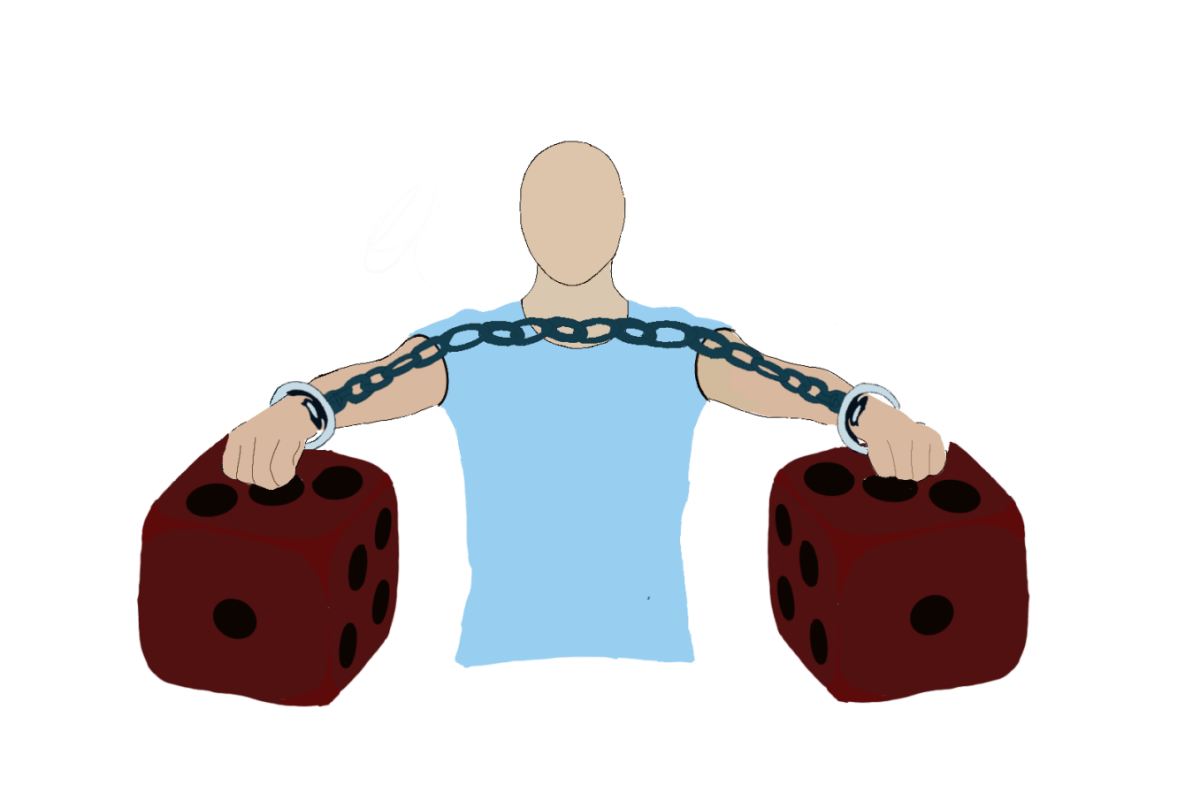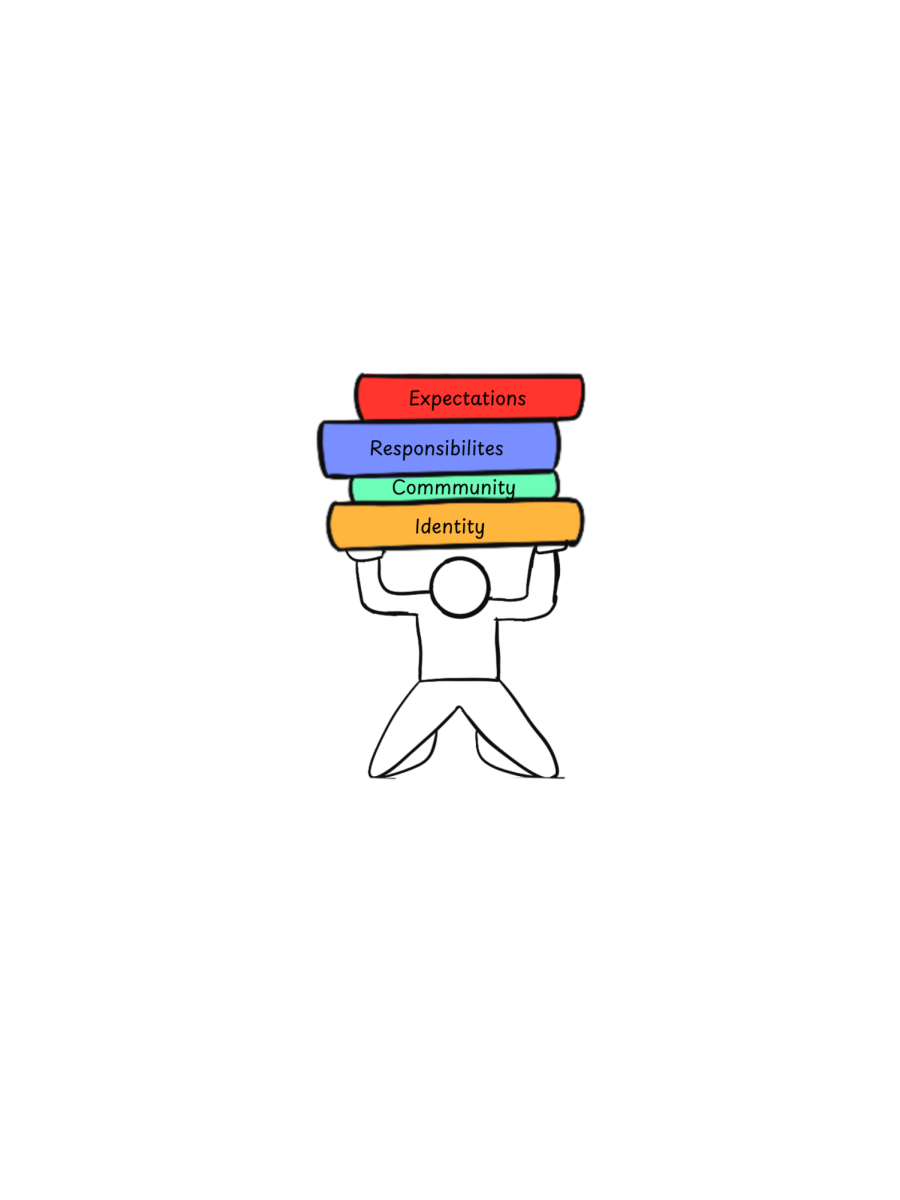The recent fires in California have wrought incredible damages on the state, particularly in the human cost. According to Reuters and NBC News, 45 people total died between the Tubbs Fire in Napa and the Thomas Fire near Los Angeles. The human costs don’t end with just the deaths, however — some 3,800 of California’s firefighters are inmates battling blazes for a dollar an hour, according to KQED.
The inmate firefighter program has existed in California since World War II, when, according to the Atlantic, California pressed prisoners into service to replace the men who had gone overseas to fight the war. Since then, the program has expanded and become voluntary.
In the program’s history, four inmates have died in action, including two in the past two years, according to the Los Angeles Times. Not counted in those deaths are inmates who died in the program while not fighting fires; just recently, an inmate perished on a training hike, according to KQED.
This begs the question of how humane the program actually is. Regardless of whether the inmates are volunteers, no one, incarcerated or free, should be receiving slave wages for a job in which they run the risk of death.
In its explanation of the conservation camps, the California Department of Corrections and Rehabilitation stresses the work that the inmates do, and the results of their efforts. It particularly highlights the public works projects and safer activities, such as conservation projects and search-and-rescue missions.
And yes, we should recognize the good work these camps do, whether it be fighting fires or clearing a hiking trail. However, The Marshall Project, a criminal justice watchdog, showed that the inmate firefighters are typically responsible for more backbreaking and thankless labor while fighting fires.
This only adds to the heightened risks for diseases firefighters already face. According to the International Association of Firefighters, a labor union, all fighting personnel have a higher risk for cancer, heart disease, respiratory disease and hepatitis B and C. In short, California sends 3,000 inmates into treacherous situations, with their risking death or impairment down the line — all for a dollar an hour and a few days off their sentence.
Does the system necessarily need to be done away with? No, the inmates are volunteers, and housing them at conservation camps year-round helps reduce California’s overcrowded prison system. However, does the system need reforms? Most definitely.
Inmate firefighters deserve a far higher wage than they currently make, one that, minus the cost to the state of housing them, is on par with that of normal CalFire personnel. If the fires are going to continue and more people are going to be incarcerated, we might as well compensate them fairly..








